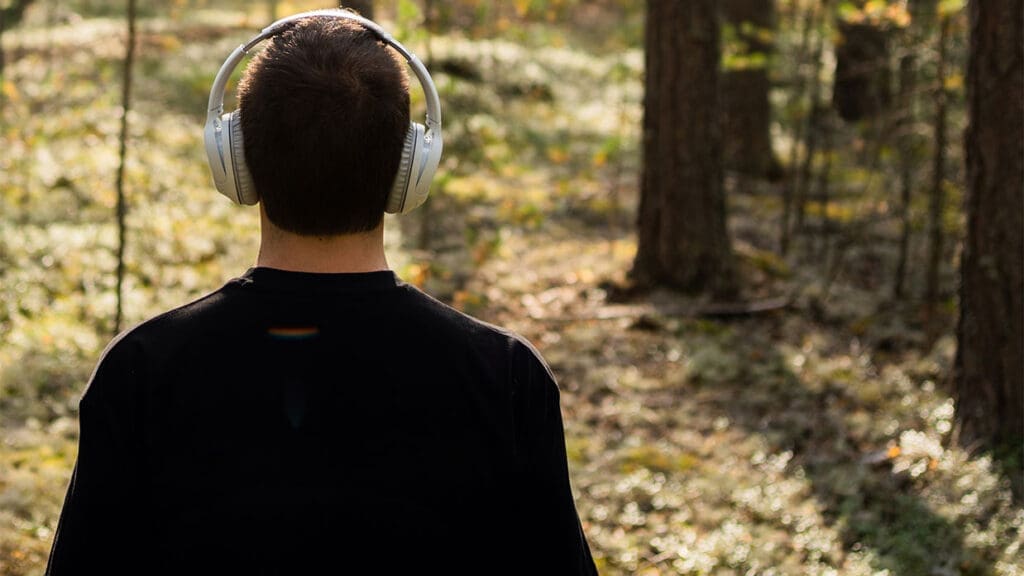I have been resistant to writing this post because who am I to write about Samadhi!?
It seems to me that there is something to teach in the other seven limbs. They are actionable, and even though my practice of them is far from perfect, I can understand and explain them.
Samadhi is a result.
You can’t do Samadhi. You can learn to meditate. You can practice being in a state of nonstealing (Asteya). You can spend time studying important, holy texts (Swadyaya).
But, unlike the others, Samadhi is something you become; the natural, organic evolution of consistent study and practice of the other limbs.
In that spirit, I think a little review of the other seven limbs feels appropriate:
- The Yamas — How We Behave in the World
- The Niyamas — Personal Observances
- Asana: Strong, Steady Seat
- Pranayama: Breath Control
- Pratyahara: Withdrawal of the Senses
- Dharana: Meditation on a Single Point
- Dhyana: Deep Meditation / Release of Thought
Each of us will have things that come pretty naturally, but I doubt that anyone (without secluding far away from society) can remain perfectly in a state of nonharm or find complete contentment with their present circumstance. So we practice some more. And some more. And so on.
Samadhi is a beginning
We don’t just achieve Samadhi and stay there, either. It’s not a one-and-done. If we’re diligent, then we can each at least have moments or lower degrees of Samadhi. But to achieve the highest level where no nugget of the Self survives and we are in complete unity/one-ness with all of creation, we will always have to continue our practice.
But as I’ve reflected, my thoughts have evolved quite a lot. I think there are levels to each of the limbs and when you continue to practice, you become a little more advanced.
It’s Never “Done”
I often tell the story of studying voice in my 20s. I had connected with a remarkable teacher, Elizabeth Colson, in Atlanta. She was the first teacher who really helped me understand how the voice worked, and she was definitely training me to become an opera singer.
Every week, she hosted a studio class where we could all gather and sing for each other and get feedback both from our fellow students and Betty. The first time I went, I sang some little art song I’d been practicing, and it went well. I felt pretty good about it, even though I knew I had a long way to go.
Then a woman named Sherry got up. She was a “real” opera singer who’d just returned from playing Aida to Tosca or one of those other great diva roles. When she sang, the room shook. I had never been in the direct presence of a voice like that. I was in awe.
And, when she finished, our teacher (unimpressed but still very kind) said, “Okay, dear… let’s go back to this section…” and they proceeded to work on this aria in the same ways I — as a rank beginner by comparison — had to do in my lessons.
It’s never over. We’re never perfect.
Until we are.
Contemplation
I usually offer some images to consider as we move into our study of each new limb. It’s kind of impossible for me to think of ways to illustrate this vastness, so instead I’m including an image from each week…















Meditation.
I have to say, this meditation didn’t come from me. Sometimes, when I relax and let go a bit, the words just kind-of flow, as if they’re channeled from somewhere else. Actually, they are definitely channeled from somewhere else. My conscious mind isn’t this wise.
Practice.
This week’s flow is very similar to last week’s with one important difference: this week, we are seeking to let the breath and movement meld together so much — so deeply — that you stop being clear which one is leading. In fact, neither of them is leading because they’re one, unified experience.
Nothing that appears in this blog or on this website is intended to treat or diagnose any disorder, physical or otherwise. Always consult a physician before beginning any exercise program.
